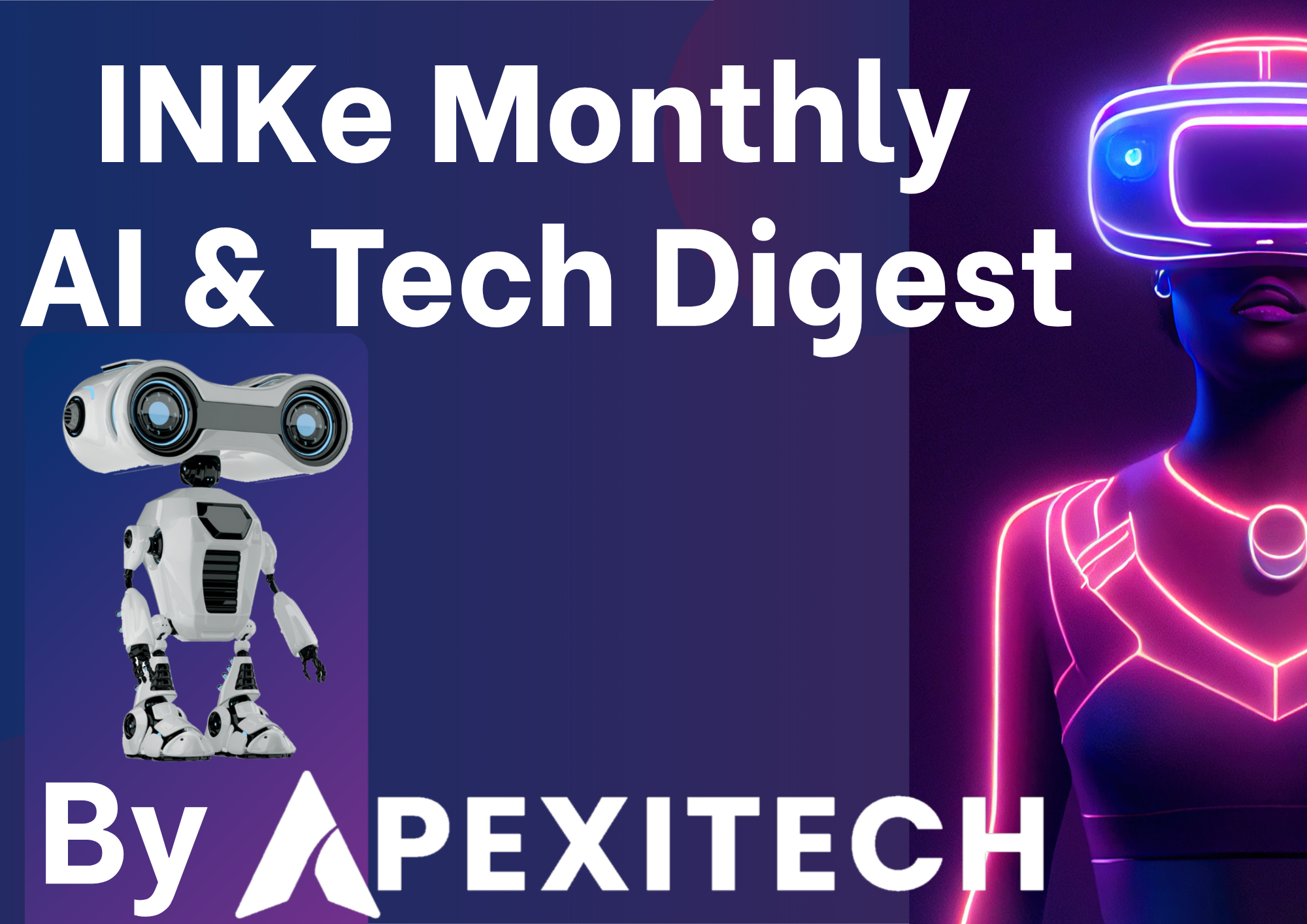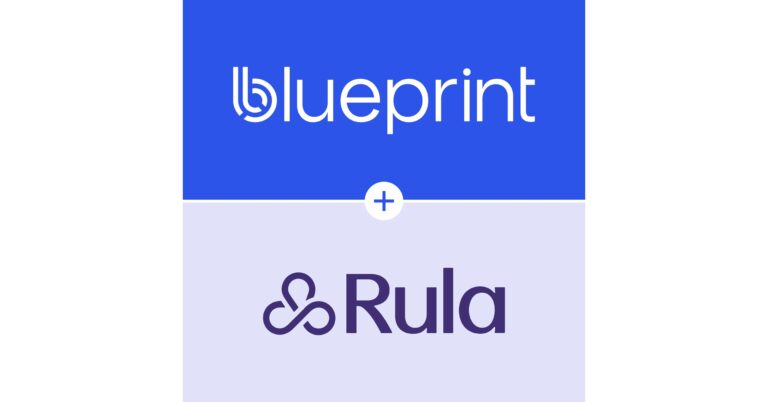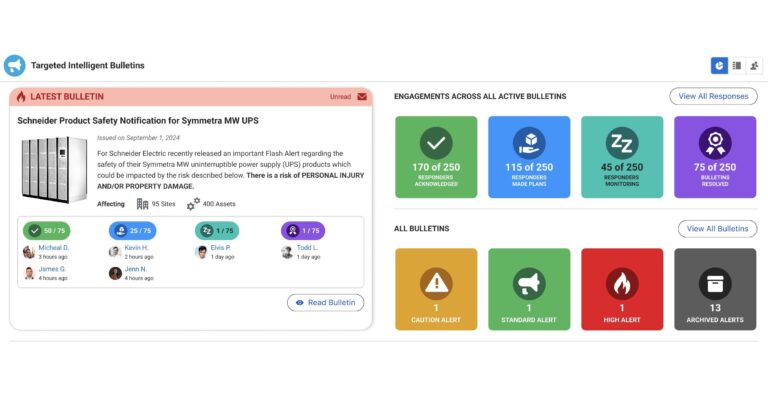March 2025 delivered a burst of AI news and tech innovation, from silicon roadmaps to agentic software and creative technology. Nvidia’s GTC set the tone with bold hardware and robotics moves, while Google and OpenAI shipped capabilities aimed at automation and the future of creation. Microsoft pushed enterprise agents forward, signaling a practical new phase for AI deployment.
Nvidia unveils Blackwell Ultra and Vera Rubin GPUs to supercharge AI
Nvidia detailed Blackwell Ultra for H2 2025 and previewed the next-gen Vera Rubin architecture, touting big jumps in performance and memory for training and inference. The roadmap stretches into 2028, reinforcing Nvidia’s platform lead across data centers and edge AI. Expect faster time-to-value for complex models.
Quillium’s Insight: Creators and automation teams should plan for shorter render, fine-tune, and iterate cycles as this GPU cadence lands.
“Personal AI supercomputers” bring studio-grade horsepower to the desk
Nvidia introduced the DGX Spark and a new DGX Station, compact machines powered by Grace Blackwell that promise up to trillions of operations per second for local model work. The pitch: prototype, fine-tune, and deploy without a server farm.
Quillium’s Insight: For the future of creation, local agent workflows mean lower latency, tighter IP control, and real-time experimentation.
Nvidia’s Groot N1 aims to standardize humanoid robot intelligence
At GTC, Nvidia launched Groot N1, a “generalist” robotics foundation model with a dual-system architecture for planning and action. It extends beyond factories toward versatile humanoids, supported by simulation tools and data pipelines.
Quillium’s Insight: Automation will shift from task scripts to learned behaviors, accelerating robot deployment in creative and service spaces.
Google boosts Gemini with Deep Research, Gems, and personalization
Google rolled out new Gemini app features including Deep Research, custom “Gems,” and tighter app connections, expanding multimodal reasoning for everyday workflows. It’s a push toward more helpful, persistent AI companions.
Quillium’s Insight: Creators gain richer briefing, sourcing, and ideation loops—ideal for preproduction and rapid concepting.
OpenAI ships next‑generation audio models for voice agents
OpenAI released upgraded speech-to-text and text-to-speech models in the API, targeting accurate transcription and controllable voice synthesis. The focus is on reliable, branded voice agents for support, sales, and creative tech.
Quillium’s Insight: Expect a surge in voice-first automation—scripted IVRs give way to empathetic, on-brand conversational agents.
Microsoft brings autonomous agents to Copilot Studio
Microsoft announced autonomous agents GA, generative orchestration, open web search, and MCP support in Copilot Studio. Teams can define triggers and actions in natural language, elevating AI from assistant to operator.
Quillium’s Insight: For automation roadmaps, this is the bridge from chat to end‑to‑end workflow execution across enterprise stacks.
OpenAI teases an open‑weight model to widen access
Closing the month, OpenAI said it plans to release its first modern open‑weight model with reasoning capabilities, enabling broader customization without full open source. Developer events will gather feedback ahead of release.
Quillium’s Insight: If licensing is friendly, expect a boom in specialized agents and creative pipelines tailored to niche domains.







